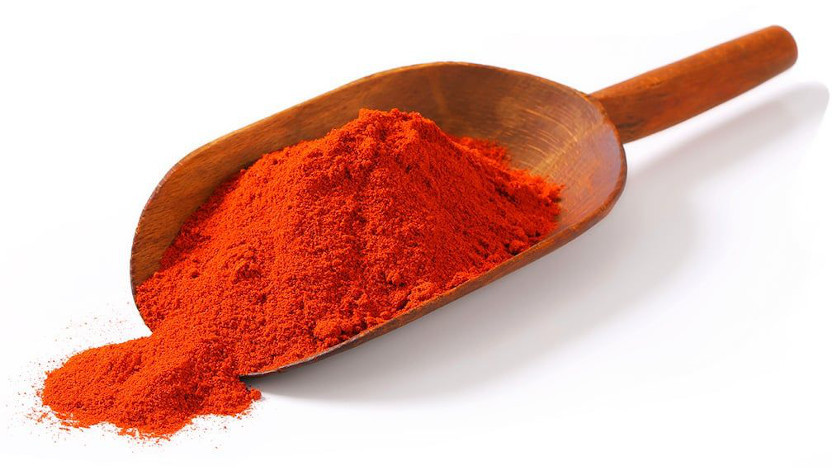The Gap In Your Diet Could Cost You Your Vision
Posted by EyePromise on Aug 30th 2017
Even with a healthy diet, most don't realize the gaping hole in their nutrition. This nutritional gap can cost you your vision. We all know eating a balanced diet is key to a healthy body, but your vision needs more; an antioxidant called zeaxanthin (zee-uh-zan-thin).
What is Zeaxanthin?
There are two important facts to know about zeaxanthin:
- It's a nutrient/antioxidant that's found in certain foods like dark leafy greens, peppers, and corn.
- We're all BORN with certain amounts of this antioxidant. Zeaxanthin is found in the back of our eyes, protecting our source of vision from harmful light.
Zeaxanthin acts as your "internal sunglasses," meaning it literally deflects light from harming your vision. You may think that because you're born with natural amounts of zeaxanthin that your vision is fine and protected. You'd be right, except our bodies don't reproduce this antioxidant. Levels of zeaxanthin in our bodies fade as we age, leaving our vision more vulnerable to harmful light that can lead to age-related eye health issues, one of the leading causes of blindness in people 55 and older.
What Kinds of Foods Contain Zeaxanthin?
Because our bodies don't reproduce this vision-saving antioxidant, we must eat foods that contain it in order to protect our vision.
This is where people with healthy diets get stumped.
"Why do I have to worry about my vision when I'm eating foods with zeaxanthin?"
Take a look at the chart below.
 To get the right amount of antioxidants needed to protect your vision, you'd have to eat the huge quantities of foods seen in the chart above. That's a lot of dark leafy greens! The gist is this: it's nearly impossible to eat enough of the foods necessary to protect your vision.
To get the right amount of antioxidants needed to protect your vision, you'd have to eat the huge quantities of foods seen in the chart above. That's a lot of dark leafy greens! The gist is this: it's nearly impossible to eat enough of the foods necessary to protect your vision.
What's Lutein?
Lutein (loo-teen) is an antioxidant that works in conjunction with zeaxanthin in protecting and improving vision. There are two important facts to know about lutein:
- A healthy eye contains a natural 2:1 ratio of zeaxanthin to lutein, meaning zeaxanthin is the more vital nutrient. Large amounts of lutein can be found in marigolds and dark leafy greens.
- We're all BORN with certain amounts of this antioxidant. Lutein is found in the back of our eyes and works with zeaxanthin protecting our source of vision from harmful light.
If I Can't Eat Enough Foods With Zeaxanthin & Lutein, What's the Next Best Option?
This is where things get a bit easier. Taking an eye vitamin with enough dietary (natural) zeaxanthin and lutein can replenish your stores of these antioxidants and, therefore, adequately protect your vision. The Joint Expert Committee on Food Additives (JECFA) has set the acceptable daily intake for zeaxanthin and lutein, alone or in combination, at up to 2mg per kilogram of body weight. This means for a 160lb/72.6 kg person, approximately 145mg of lutein/zeaxanthin would be considered optimal.
How Do I Choose An Eye Vitamin?
It can be stressful trying to find the right eye vitamin with the correct amount of dietary ingredients. With this in mind, here are a few pointers:
- Look for dietary zeaxanthin. You'll find several products out there with something called meso-zeaxanthin. This is synthetic zeaxanthin made in a lab. Dietary zeaxanthin is obtained naturally from food, which is the healthiest and most effective kind of zeaxanthin.
- Look for science backing the product up. To date, more than 300 published studies exist on nutrition, macular pigment, and the impact on eye health. For example, EyePromise has several scientific research studies done in order to make sure our products are the best quality and most effective.
Click here to find out which EyePromise eye vitamin is right for you!

